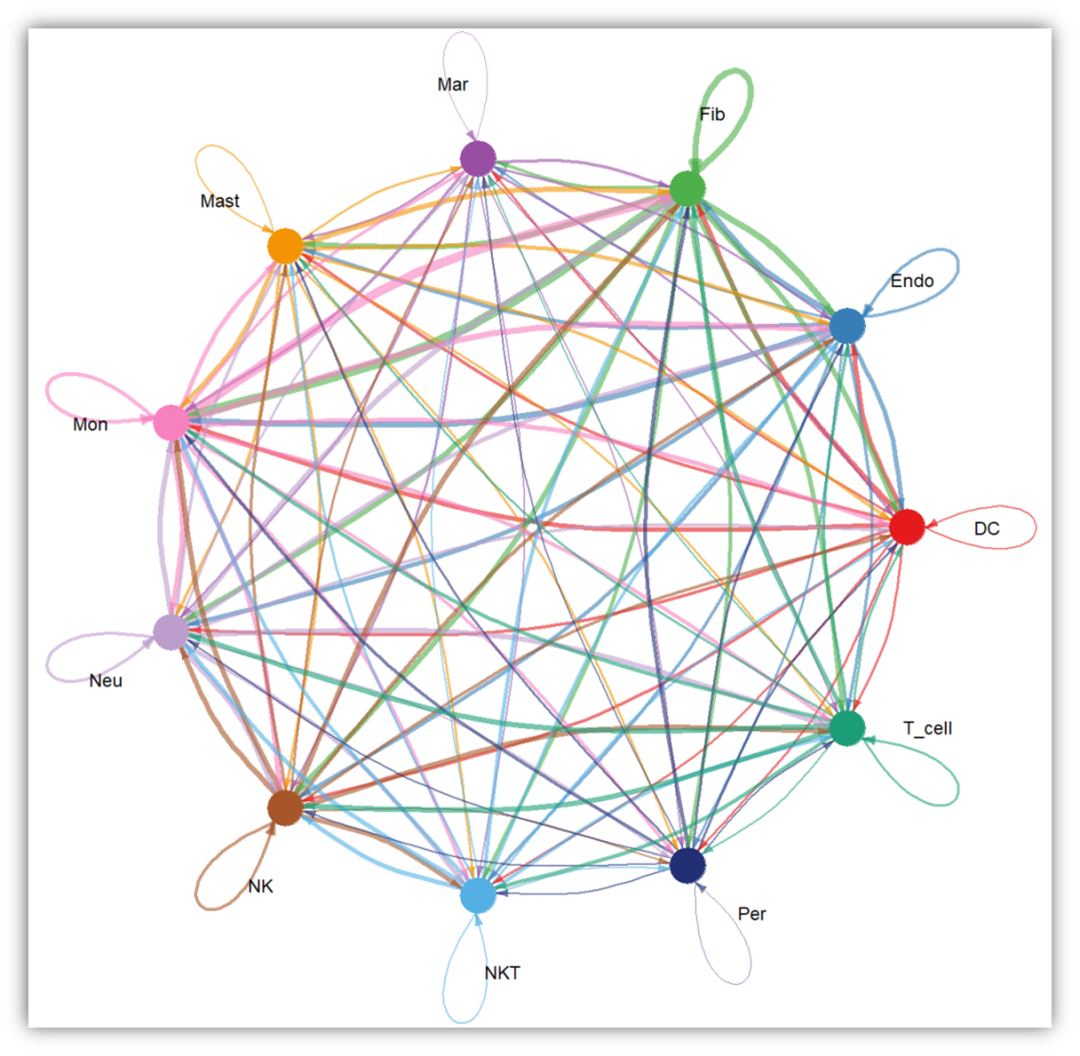以下用到的代码例子都在这里快应用实现的微信Demo:
git clone https://github.com/yale8848/quickapp-wechat
cd quickapp-wechat
git checkout v0.1.1
复制代码为什么用自定义组件
自定义组件首先是一个组件,至少包含一个.ux文件,文件里把组件要实现的UI,逻辑封装起来共外界调用,这样可以让组件之间解耦,组件功能更加单一、灵活;举个微信Demo中的一个例子,我要实现微信的titlebar功能,
当然我可以用系统的titlebar,但是为了功能更丰富,我把它作为一个组件来实现,下面来看看实现自定义组件的过程。
创建ux文件
如微信Demo里的Title/index.ux,创建好<template>,<style>,<script>,根据需求titlebar有3个按钮,一个标题:
<template>
<div id="title">
<div class="left">
<image id="back" src="/Common/Image/back.png" onclick="back()"></image>
<text id="name" >{{text}}</text>
</div>
<div class="actions">
<div class="search"></div>
<div class="plus"></div>
</div>
</div>
</template>
<style>
...
</style>
<script>
export default {
back() {
router.back()
}
}
</script>
复制代码好了,上面ux文件已经把titlebar的UI创建好了,还有一个返回事件也添加了;
如何调用组件
使用improt标签,name是自定义名称,详细看Demo里的Main/index.ux
<import name="comp-title" src="../Title"></import>
<template>
<div>
<comp-title></comp-title>
</div>
</template>
复制代码这样就可以把title调用起来了
npm run watch
npm run server
复制代码看看效果:
等等,怎么不见标题了?嗯,咱还没有设置呢,可能不同页面对标题、返回按钮是否显示的要求不一样,那么我们就要能动态控制;
给子组件传值
- 子组件用
props属性暴露变量给父组件调用,如下暴露['showBack', 'showText', 'showPlus', 'showSearch', 'text']变量,它们分别是控制返回按钮、标题、加按钮、搜索按钮是否显示以及标题内容,然后把这些变量绑定到UI控件上
<script>
import router from '@system.router'
export default {
props: ['showBack', 'showText', 'showPlus', 'showSearch', 'text'],
data: {},
onInit() {},
back() {
router.back()
}
}
</script>
<template>
<div id="title">
<div class="left">
<image id="back" src="/Common/Image/back.png" show="{{showBack}}" onclick="back()"></image>
<text id="name" show="{{showText}}">{{text}}</text>
</div>
<div class="actions">
<div class="search" show="{{showSearch}}"></div>
<div class="plus" show="{{showPlus}}"></div>
</div>
</div>
</template>
复制代码- 父组件调用
通过给子组件标签设置属性值来调用子组件变量,子组件变量用驼峰命名方式,父组件调用子组件属性命名用-来分隔驼峰
<import name="comp-title" src="../Title"></import>
<template>
<div>
<comp-title show-back="false" show-text="true" show-plus="true" show-search="true" text="微信"></comp-title>
</div>
</template>
复制代码调用结果如下:
父子组件通信
除过上面父组件给子组件以变量的形式传值外,父子之间可以以消息的形式传值:
复制代码父给子发消息
以下代码见src/Demo/comm
子组件订阅fatherSay消息:
```
data: {
say: ""
},
sayMsg(evt) {
this.say = evt.detail.msg //收到消息
},
onInit() {
this.$on("fatherSay", this.sayMsg) //订阅消息
},
```
父组件给fatherSay发消息:
```
this.$broadcast('fatherSay', {
msg: "son"
})
```
复制代码子组件给父组件发消息
父组件有2种方式订阅子组件消息:
- 父组件以js代码形式订阅,子组件以$dispath发送事件
onInit() {
this.$on("sonSay", this.sayMsg)
}
复制代码 this.$dispath('sonSay', {
msg: t
})
复制代码- 父组件以子组件标签属性形式订阅,子组件以$emit发送事件
```
<son @son-say="sayMsg"></son>
```
```
this.$emit('sonSay', {
msg: t
})
```
复制代码大家可以把manifest.json 中的entry改为"entry": "Demo/comm",看看效果:
当点击子组件say hi时父组件会收到子组件消息;
当点击子组件say father时父组件会收到子组件消息并反馈给子组件"son"的消息
兄弟组件之间发消息
以下代码在src/Demo/comm2中
兄弟组件之间发消息之前要先通过父组件互相绑定VM对象:
onReady() { //注意要放在onReady调用
const vm1 = this.$vm('son1')
const vm2 = this.$vm('son2')
vm1.parentVm = this
vm1.nextVm = vm2
vm2.parentVm = this
vm2.previousVm = vm1
}
复制代码然后兄弟组件之间发消息有两种形式:
- 通过VM对象调用对方函数:
//son2.ux
brotherSay(msg) {
this.say = msg
},
复制代码 //son1.ux
if (this.nextVm) {
this.nextVm.brotherSay(msg)
}
复制代码- 通过event事件:
//son1 绑定消息
events: {
eventSay(evt) {
this.say = evt.detail
}
}
复制代码 //son2 通过$emit发送消息
if (this.previousVm) {
this.previousVm.$emit('eventSay', msg)
}
复制代码大家可以把manifest.json 中的entry改为"entry": "Demo/comm2",看看效果:
以上用到的代码例子都在这里快应用实现的微信Demo:
git clone https://github.com/yale8848/quickapp-wechat
cd quickapp-wechat
git checkout v0.1.1
复制代码







 已为社区贡献8586条内容
已为社区贡献8586条内容

所有评论(0)